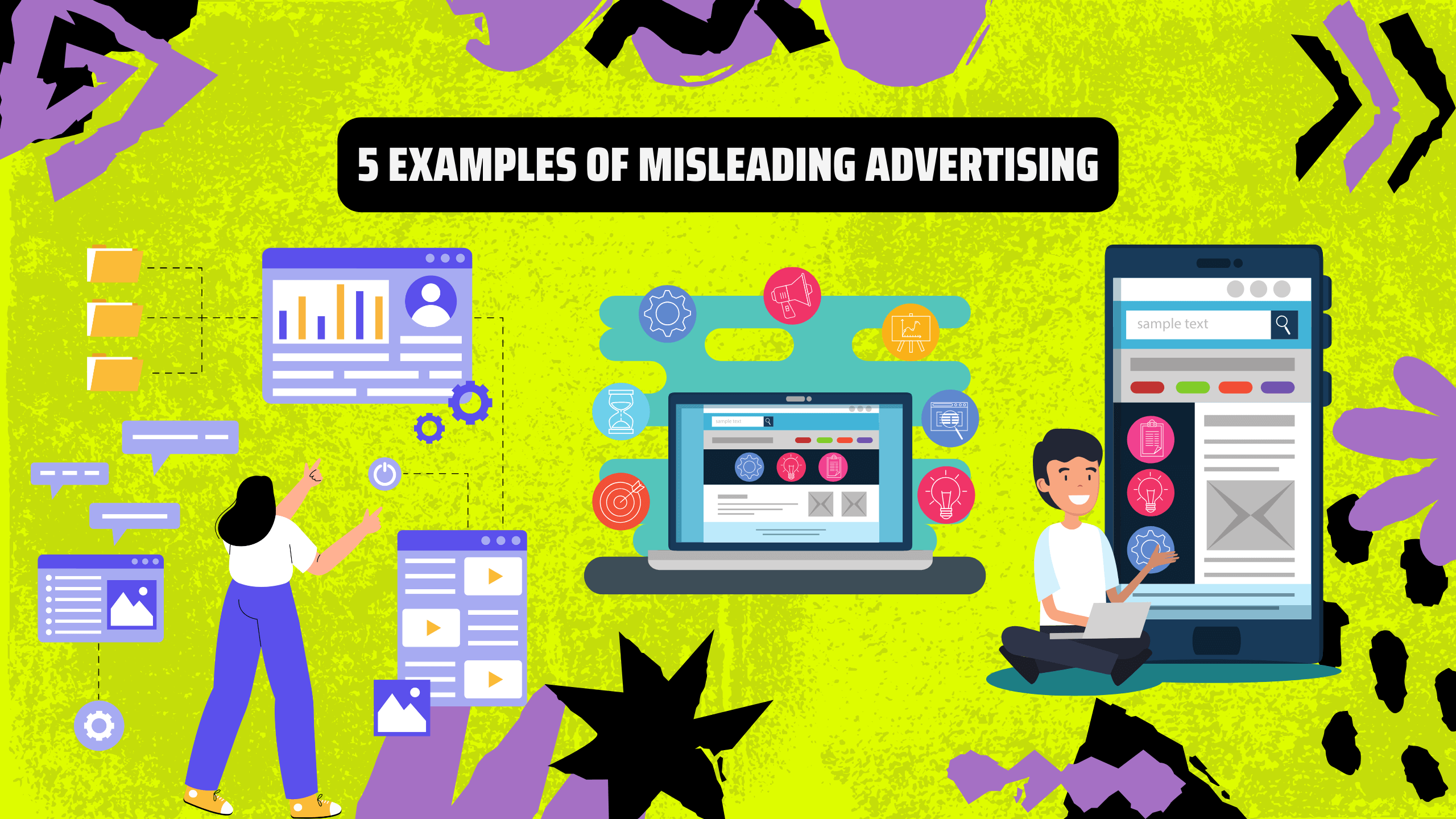In the complex world of digital advertising, ad servers play a vital role in facilitating the delivery of ads to target audiences and maximizing revenue for publishers. This comprehensive blog explores the intricacies of ad servers, their key components, and their significance in the advertising ecosystem. Discover how ad servers streamline ad management, enhance targeting capabilities, and provide valuable insights for optimizing your ad monetization strategy.
I. Understanding Ad Servers:
An ad server is a technology-driven platform that serves as the backbone of digital advertising operations. Its primary function is to deliver ads to the intended audience across various digital channels, such as websites, mobile apps, and video platforms. Ad servers provide publishers with centralized control over their ad inventory and enable efficient campaign management, ad tracking, and performance analysis.
Critical Components of an Ad Server:
a. Ad Inventory Management:
Ad servers offer tools for publishers to manage their ad inventory, including organizing ad placements, defining targeting parameters, and scheduling ad delivery. This component ensures efficient utilization of available ad space and helps publishers maintain control over their inventory.
b. Targeting and Segmentation:
Ad servers enable precise audience targeting by utilizing data-driven insights. Publishers can segment their audience based on demographics, interests, location, or behaviour, allowing them to deliver relevant ads that resonate with their target audience.

c. Ad Delivery and Optimization:
Ad servers employ algorithms and optimization techniques to determine the best ad to serve based on factors such as targeting criteria, ad relevance, and campaign performance. They also facilitate frequency capping to control the number of times an ad is shown to a user, ensuring a positive user experience.
d. Reporting and Analytics:
Ad servers provide comprehensive reporting and analytics capabilities, offering insights into ad performance, user engagement, and revenue trends. Publishers can leverage these insights to optimize their ad strategy, make data-driven decisions, and identify areas for improvement.
II. Benefits of Ad Servers for Publishers:
1. Streamlined Ad Management:
Ad servers centralize ad management operations, enabling publishers to efficiently handle multiple campaigns, ad formats, and channels. This streamlining reduces manual work, improves operational efficiency, and ensures effective campaign execution.
2. Improved Targeting Precision:
By leveraging advanced targeting options, ad servers allow publishers to deliver highly relevant ads to specific audience segments. This precise targeting results in increased engagement, higher click-through rates, and improved overall ad performance.
3. Effective Revenue Optimization:
Ad servers provide publishers with the tools and insights needed to optimize revenue generation. By managing ad placements, monitoring performance metrics, and experimenting with pricing models, publishers can maximize their ad revenue potential.

4. Ad Performance Insights:
The reporting and analytics capabilities of ad servers offer publishers valuable insights into ad performance, user behaviour, and revenue trends. This data-driven decision-making empowers publishers to optimize their strategies, allocate resources effectively, and drive continuous improvement.
III. Best Practices for Maximizing Ad Server Benefits:
1. Ad Placement Optimization:
Experiment with different ad formats, sizes, and positions to find the optimal combination that balances user experience and revenue generation. Conduct A/B testing and analyze performance metrics to continuously refine your ad placement strategy.
2. Targeting and Segmentation Refinement:
Leverage the targeting capabilities of ad servers to segment your audience based on their interests, demographics, and behaviour. Tailor your ad campaigns to specific segments, ensuring higher relevancy and engagement.
3. Regular Performance Monitoring:
Monitor ad performance metrics regularly to identify underperforming areas and opportunities for improvement. Analyze data such as click-through rates, conversion rates, and revenue generated to make data-driven decisions for optimizing campaigns.

4. Collaboration with Advertisers:
Foster strong relationships with advertisers to attract premium campaigns and negotiate favourable terms. Regular communication with advertisers helps align objectives and explore collaboration opportunities that benefit both parties.
Conclusion:
Ad servers play a pivotal role in modern digital advertising, empowering publishers to effectively manage their ad inventory, optimize targeting, and maximize revenue potential. By understanding the components and benefits of ad servers and implementing best practices, publishers can unlock new opportunities for monetization, improve ad performance, and make data-driven decisions. Embrace the power of ad servers and propel your ad monetization strategy to new heights in the dynamic digital advertising landscape.











